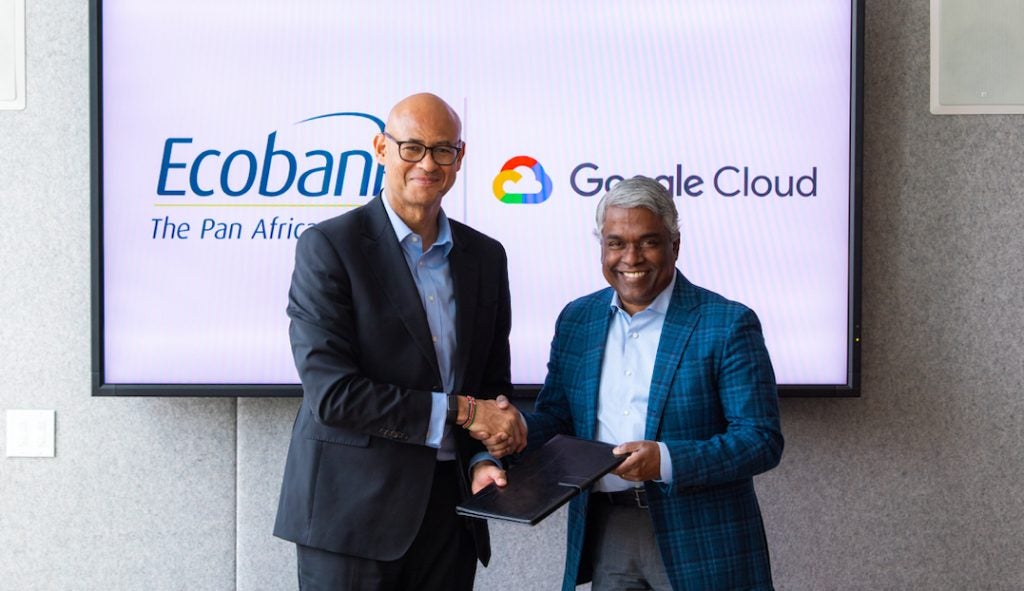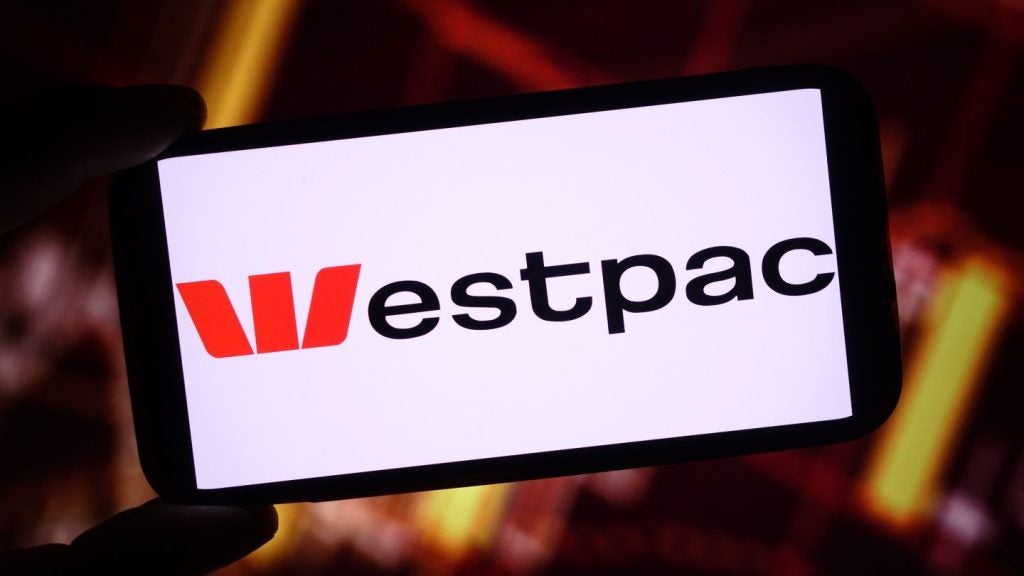Well Fargo is marching ahead with online
initiatives and its mobile banking adoption rates are fast
increasing. Also increasing is its portfolio of Personal Financial
Management tools. Imran Haider, head of the Money Movement area in
Wells Fargo’s Internet Services Group, tells Charles
Davis how PFM is critical to the lender’s overall online
strategy
With 3.2bn customer sessions a year, Wells
Fargo’s online channel offers a rich source of engagement for a
bank whose mobile adoption rates are increasing at twice the rate
its customers moved online a few years ago.
Wells Fargo views online personal financial
management as a powerful onramp for its multifaceted mobile banking
suite, and has created a variety of tools for different sorts of
customers.
For the data-obsessed do-it-yourself crowd,
the bank has an app that leverages Quicken for a wide range of
spreadsheets and reports, all customizable and tied to the bill pay
and cards operations.
For the starter set, it created a set of
tools, including My Spending Report, My Savings Plan and Budget
Watch, as well as a feature called Cash Tracker at its ATMs, which
helps customers track how much cash they are withdrawing each
month. These services are all part of an overarching feature, My
Money Map, an interactive tool that helps customers track expenses,
follow a budget and grow their savings.

US Tariffs are shifting - will you react or anticipate?
Don’t let policy changes catch you off guard. Stay proactive with real-time data and expert analysis.
By GlobalDataMy Money Map provides a dashboard view of the
customer’s personal financial-management picture, using data from
their Wells Fargo accounts, including credit card, debit
card, checking and savings accounts, and bill pay purchases. Bar
charts track monthly spending by category, as well as current
savings and monthly spending versus budget goals.
There are tools to automatically help generate
a budget based on past statement activity, and customers can set
alerts letting them know if they’re significantly missing a budget
or savings goal.
Wells Fargo categorises transactions
automatically, but also allows customers to modify and create their
own spending categories.
Personal financial management “is a critical
part of our overall online strategy,” says Imran Haider, head of
the Money Movement area in the Internet Services Group of Wells
Fargo.
“We have worked to provide a number of
fundamental improvements to the customer experience that will let
the PFM tools be more accessible to a broader customer base.”
My Money Map goes a step beyond online banking
by giving users tools to chart their spending and create
budgets.
“The goal of My Money Map is to move beyond
self-service on individual accounts and allow customers to manage
finances across accounts,” says Haider.
“We want our services to integrate tightly, to
make it seamless and across channels, and so we want customers to
bank on their terms.”
Thus far, Wells Fargo is pleased with adoption
of its PFM platform, with more than 1 million customers per month
now using its tools.
More than 40% of converting Wachovia customers
used MSR in the first 90 days following conversion, and more than
3m customers accessed the tools at least once in 2010.
“We have customers using
quite sophisticated stuff, downloading data into Quicken, and
managing it, but most don’t have the time or inclination to get
that in-depth, so we have developed a really simple tool in My
Money Map for them.
“It is a real-time view customers use to get a
better sense of their spending and optimise their household
activities to get a better picture of where their money is
going.”
Haider says that some customers rebalance
spending based on the information, while others take that
information and talk to bankers about savings and retirement.”
“We put the tool out there to let customers
drive it, really, as opposed to really cross-selling. We would
rather them find the gaps in their own needs and drive that
conversation,” says Haider.
The goal, Haider adds, is to make its online
offerings work with one another, as its customer research clearly
shows that its mobile customers often are moving between a number
of different delivery channels in a given day.
“We see that in our money transfer product. A
customer schedules a transfer at a store, for example, and then
they can log in to the site and see those scheduled transfers, and
maybe they want to tweak them on their mobile device, or on their
computer, or over the phone. The data has to be the same in each
channel, because people are accessing the account in three or four
different ways in the same week,” says Haider.
That requires a tremendous amount of
integration between online, mobile, call center and branch
operations, Haider says, a task that grew in intensity with the
bank’s 2008 acquisition of Wachovia, as well as the various
smartphone platforms that have emerged.
Wells Fargo’s developers have released
mobile banking apps for Android, iOS, Kindle Fire, BlackBerry, and
Palm devices.
“We have really been focused on constructing a
flexible, intuitive platform that can be built to maximise on a
variety of devices. The goal is to have the same experience
regardless of whether it’s on the customer’s phone, iPad or
computer, or at the ATM for that matter,” says Haider
Consistent data views are critical for
consumers to embrace the PFM tools, he said, so Wells is working on
making as much of the experience automated as possible.
“Customers will use the tools in various ways,
but it’s important for us to make it so easy that they don’t have
to think about it at all – they just log in and it’s all there.
They can customise if they want, but everyone starts with a really
rich data set,” says Haider.
New applications stem from an ongoing stream
of customer research, bolstered by the bank’s deep base of 7m
active mobile users and nearly 20m online banking customers. One
function driven by consumer feedback is alerts built in to the
bank’s electronic bill payment engine, which allow customers to set
rules for recurring bills and remind them when they are due.
“This is something customers really want and
ask for – greater functionality with respect to e-bills. It is a
perfect example of the development of apps that help customers
manage their lives in ways that really create that overall
relationship,” says Haider.







